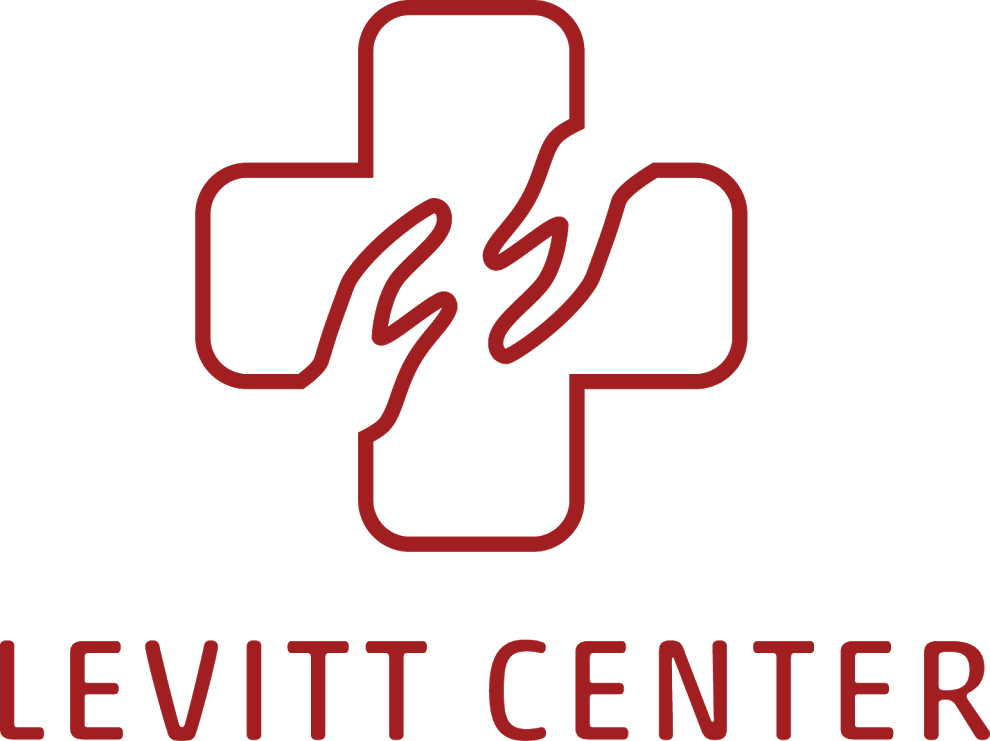Social Emergency Medicine Is A Two-way Street
Like most readers of this blog, I received a lot of calls and emails about Atul Gawande's recent New Yorker piece on high-cost patients (find it here). The geospatial element, as well on the incorporation of the effects social pressures on ED use, were direct hits onto some of what Jahan Fahimi and I are working on with the Barometer Project, our effort to measure community stress and well-being from the ED. It was great to see these issues laid out so clearly in a very public forum.
I am just back from the SAEM Western Regional Research Forum in Keystone, Colorado. Aside from being beautifully executed (and in a beautiful setting), the meeting was inspiring to me in its inclusion of Social EM questions. There were 3 papers on barriers to primary care, and several population-level analyses. One of these was our own Andrew Herring's exploration of the effect of critical care boarding on ED workload. Often when we talk about social EM, we stop when we get to the effects of community factors -- poverty, hunger, substance use, obesity -- on health and health care. But it there is no doubt in my mind that social EM is a two-way street, that changes in the medical care system have profound effects on community well-being. Andrew's work points one example of this vector: the boarding of ICU patients, which can occupy on average 3.5 hours of critical care time per day in every ED in the country. This high-intensity, focused time takes us away from the sick and vulnerable crowding our EDs. As my boss, Barry Simon, often points out, the waiting patient we haven't seen yet could be sicker than the one we are putting the extra time in for. Call it the crowding conundrum.
Social emergency medicine_dot_com? The birth of an industry! Now when I google social emergency medicine, there is a new player, a blog that reflects on issues very similar to those that light us up at the Levitt Center. Welcome!
